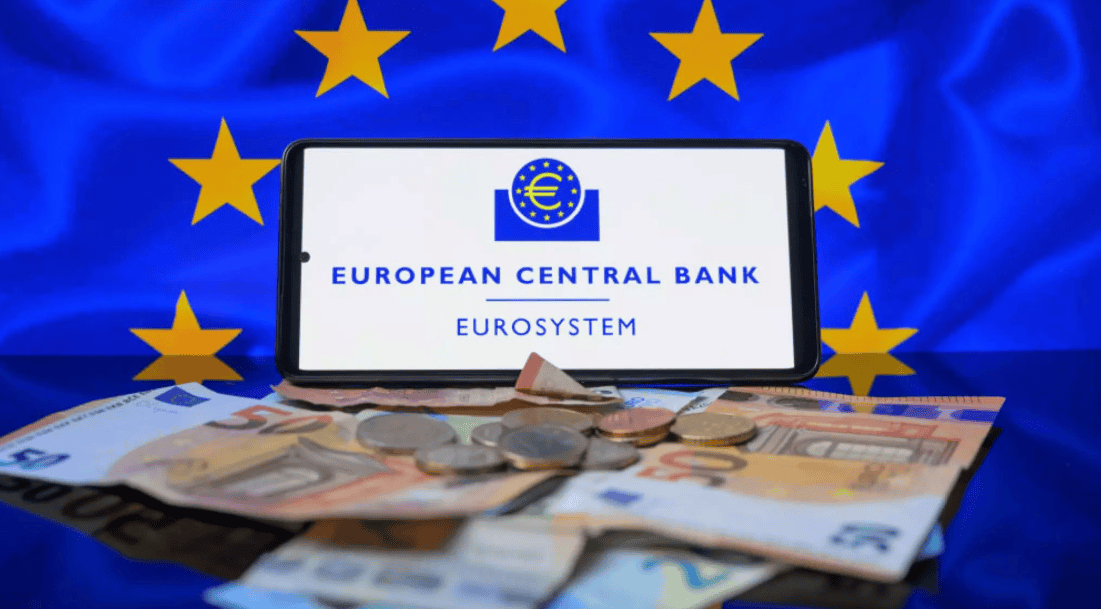Since mid-2021, the euro-area economy has gone through several shocks, leading to the highest inflation since the creation of the European Monetary Union. A forceful and persistent response from the European Central Bank, grounded in the monetary policy framework it agreed in 2021 ahead of the inflationary episode, has succeeded in bringing inflation down and delivering on the central bank’s price-stability mandate. The framework will be reviewed in 2025 and it might conclude that there is no need for a drastic change.
Nevertheless, this assessment should be compatible with identifying some areas for improvement. In particular, the 2021 review was primarily focused on the effective lower bound. The recent inflationary episode, together with high ongoing uncertainty, indicate that the articulation of monetary policy strategy frameworks should be robust to very different scenarios.
Likely persistence of high levels of uncertainty over the next few years will also require an emphasis on flexibility to adapt to the magnitude, origin and persistence of shocks. Unconditional forward guidance should be avoided. In addition, there might be a need to more clearly distinguish in the future, when possible, between quantitative easing for market functioning versus monetary stimulus, which could incentivise a careful assessment of the amount, duration and structure of any asset purchase programme. Communication also needs to be improved in relation to the level of uncertainty and its consequences for monetary policy making with, for instance, greater use of scenarios and sensitivity analyses as appropriate. Improving forecasting/modelling tools, in particular when dealing with large supply shocks, and understanding the roles of different measures of inflation expectations should also be priorities.
Source : Bruegel





